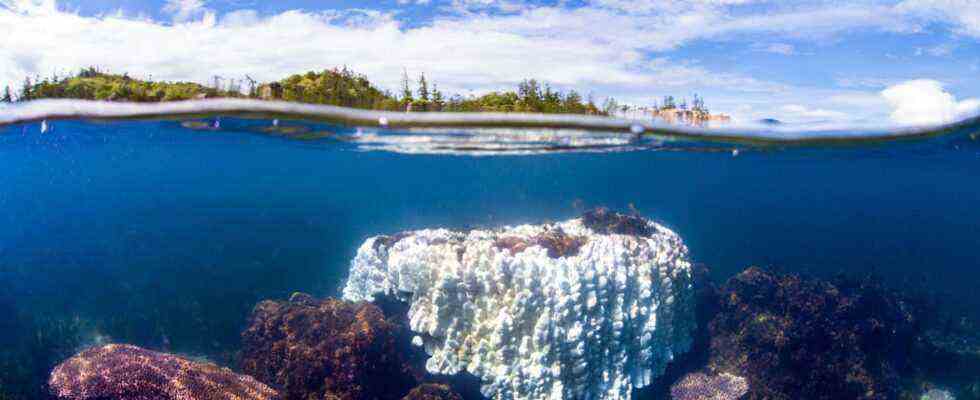It looks like paradise from the air. And at the same time, the decay cannot be overlooked. What once shimmered in bright colors now extends as a white-brownish branch in the turquoise blue along the Australian north-east coast. Climate change has left its mark on the Great Barrier Reef. Heat waves in recent years have led to mass coral bleaching events.
Now Australia wants to take countermeasures. To this end, the government has presented a rescue package worth millions. Prime Minister Scott Morrison intends to invest a total of one billion Australian dollars (630 million euros) in measures to preserve the unique ecosystem over the next nine years. Among other things, the pollution of the sea by wastewater from agriculture is to be stopped. Morrison said, “We are committed to the health of the reef and the economic future of Queensland’s tourism providers, hospitality industry and communities that are at the heart of the reef economy.”
How realistic is protecting the Great Barrier Reef?
The government has already poured billions of dollars into protecting the reef since 2015. At that time, Unesco had threatened to downgrade the reef from the list of World Heritage Sites. The measures are believed to have halted the pace of coral reef decline, but much of the world’s largest reef system has already been damaged. Morrison’s government has been heavily criticized by environmentalists for its support for the economically vital exports of coal and gas.
Accordingly, the Australian Climate Council compared the Prime Minister’s recent announcements with a “band-aid on a broken leg”. Lesley Hughes, professor of biology at Macquarie University, said: “Having one hand to give money to the Great Barrier Reef while using the other hand to fund the very industry – fossil fuels – that drives devastating climate impacts like marine heatwaves and coral bleaching causing means you’re exacerbating the very problem you say you’re trying to solve.”

